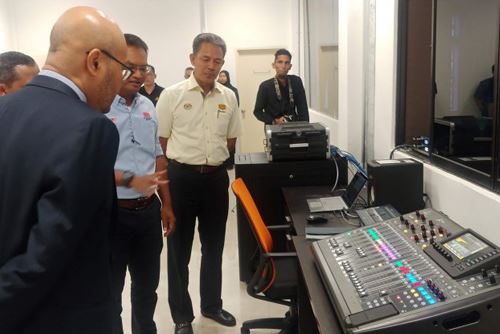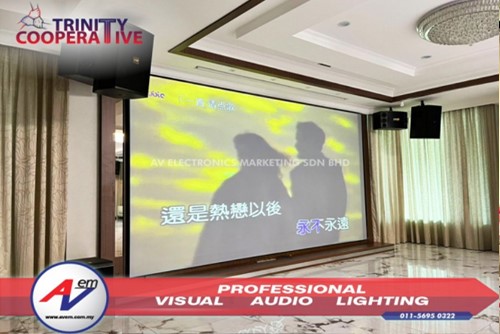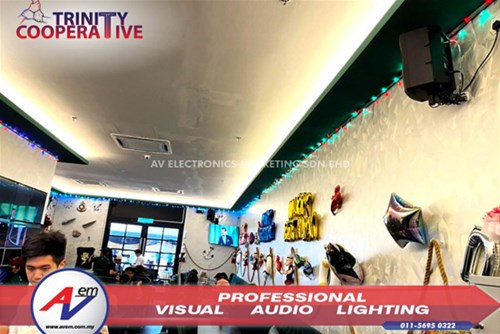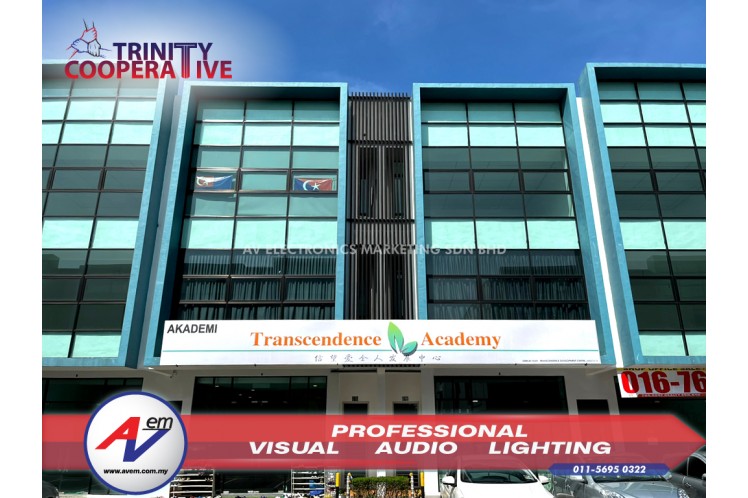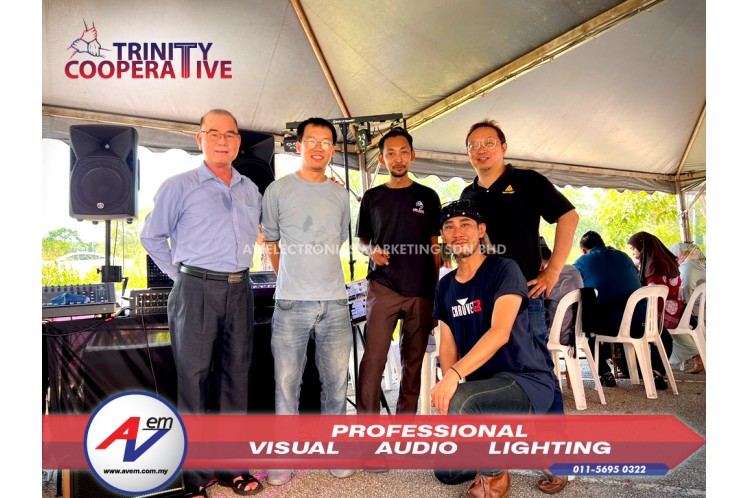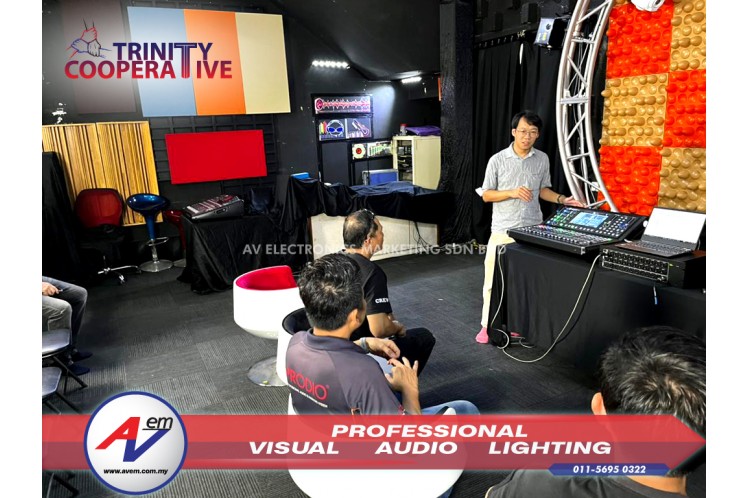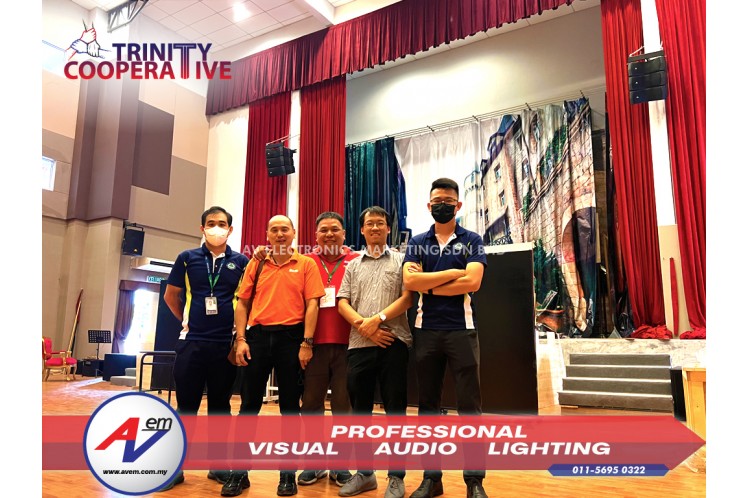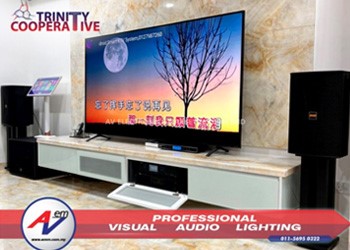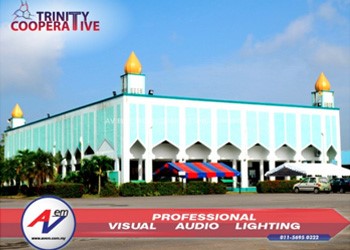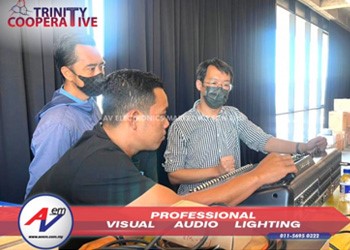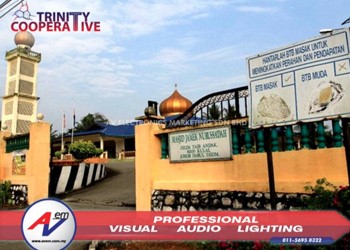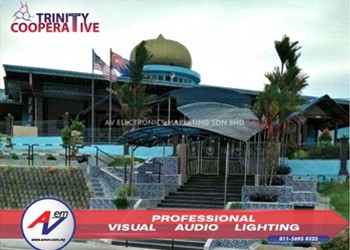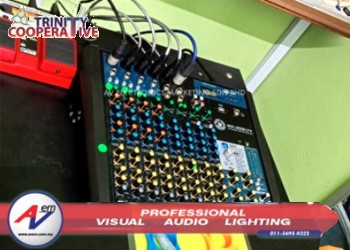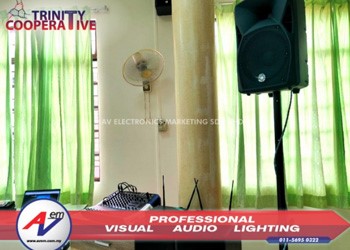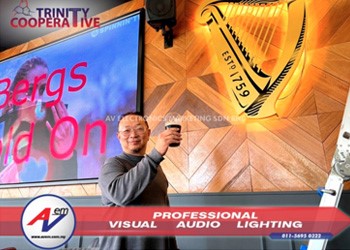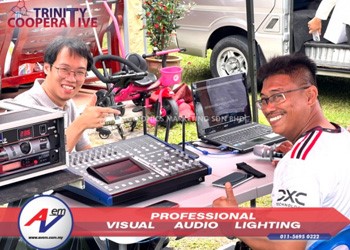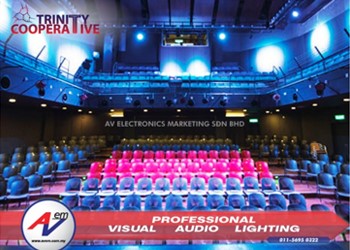AVEM Classroom 11 - Video Systems
The foundation to all video systems is the understanding of light. There are two primary theories about the nature of light. One theory says that light consists of bursts of waves of electromagnetic radiation. The other says that light is made of small particles, called photons. The reason that there are two theories is because sometimes light behaves as waves and other times as particles. For the purpose of most AV applications, it's helpful to think of light as electromagnetic waves.
Light
there are many different types of electromagnetic radiation, each categorized by their wavelength. Figure 5-1 shows the entire range of the electromagnetic spectrum categorized by wavelength.
At the right edge of the electromagnetic spectrum are gamma rays, each categorized by their wavelength. Figure 5-1 shows the entire range of the electromagnetic spectrum categorized by wavelength.
At the right edge of the electromagnetic spectrum are gamma rays. They have the shortest wavelengths at around 10-12 meters. At the left edge are television and radio signals with long wavelengths of 105 meters. The wavelengths of visible light fall in the range between approximately 380nm and 750nm (a nanometer = 10-9 meters). Red light, at the lowest end of the visible spectrum, has wavelengths in the 620nm to 750nm region; green light falls in the 495nm to 570nm region, while blue light lies in the 450nm to 495nm region. At the shortest wavelength end of the spectrum is violet, which is found in the 380nm to 450nm region.
Units of Light Measure
Light affects every aspect of the user's visual experience, which makes it important to be able to accurately measure and quantify all aspects of light.
.png)
The visible light spectrum within the entire electromagnetic spectrum
The intensity of light is measured using two types of meters:
- Incident meters measure th light coming directly from a source such as a lamp, projector, lighting fixture, digital sign, video wall, or monitor.
- Reflected meters, or spot meters, measure the light that bounces off an object like a projection screen, a wall, a participant in a video conference, or a work surface.
The units of measuremnt for light vary by geographic region. Every country outside the United States uses the SI international system of units. You need to be able to recognize U.S and international units for both direct light and reflected light.
Fundamental Units
There are two fundamental units used in light measurement.
- Candela is the base unit of luminous intensity, It is the amount of light emitted by a light source that just happens ( after a bit of manipulation of the specification) to have a similar output to a historic standard wax candle. That's why it's called candela, which is the Latin word for candle.
- Lumen is the unit of luminous flux—the quantity of photons emitted from a 1 candela light source through an area of 1 square meter on a sphere 1 meter in radius surrounding that light source through an area of 1 square meter on a sphere 1 meter in radius surrounding that light source. Lumens are the most common unit of measurement of light output from a projector or a light source. However, diffrent organizations measure lumen by different methods. The most commonly quoted standard for the lumen measuremnt worldwide is the method specified by the American National Standards Institute (ANSI), despite no longer being the standard method.
Using an incident light meter, you can measure the brightness or illuminance of an emitting light source. Two units of measure are commonly used for illuminance in the AV industry:
- Lux Lux is the standard international unit of illuminance, the measure of the luminoux flux (lumens) falling on a specified area. One lux is equal to 1 lumen/square meter. Generally, illuminance is measure at a task area such as a video screen, a note-taking location, or a work area.
- Foot-candle (fc) is the U.S customary measurement of illuminance. One foot-candle is equal to 1 lumen/square foot. One foot-candle equals approximately 10.76 lux. One lux equals approxiamtely 0.093fc.
Reflected Light Measurements
Using a reflected light or spot meter, you can measure the luminance of light emiited from a surface area. Two units are commonly used for luminance in the AV industry:
- Candela per square meter or Nit Sometimes referred to as the Nit (nt), the candela per square meter is the international unit of luminance. A nit is equal to a luminance of 1 candela per square meter.

U.S and SI units for measuring illuminace
- Foot-lambert The foot-lambert (fl) is the U.S. customary unit of measurement for luminance. It is equal to 1 /π candela per square foot. A foot-lambert is approximately 3.43 candela per square meter.
- active loudspeaker
- active speaker
- active subwoofer
- alto
- analog crossover
- analog equalizer
- analog mixer
- audiocenter
- b205d
- behringer
- bmb
- bosch
- box speaker
- church
- column speaker system
- convention center
- csp-610
- csp612
- css1720
- csw-115
- da2250
- da2500
- dad-500
- dad950
- dar-350h
- dcx2496le
- digital loudspeaker management
- digital mixer
- digital snak2
- digital snake
- dl16
- dlm408plus
- dm220
- dm24.8
- dm-24.8
- dm48.20
- dpe-2.10
- dpm4.13mk2
- dsp5211
- dsppa
- dsspa
- dvs-4t
- ea5118
- education
- emix
- emma-120b
- emma-835zsmkll
- empa-8250mkii
- empa-8500
- empa-8500 mkii
- empa-8500mkll
- emws884
- emws884b
- emws-884w
- ep1500
- ep2000
- ep512
- fbq-1502
- fbq-1502hd
- fbq3102hd
- hm1461fx
- hm822fx
- ic electronics
- iq15
- iq18b
- iva
- iva audio pack
- karaoke
- kfc
- kla210
- kla210dsp
- kla210wp
- kla218
- kla218dsp
- kla28
- kla815b
- klark teknik
- km1700
- l65
- l65+l65a
- l65+l65s
- l65a
- lbb-3200/00
- lbc-3200/00
- lbc-3210/00
- line array
- live music venue
- live-8
- loudspeaker
- lt10a
- lt12p
- m18b
- m32
- m32 live
- m7.0mkii
- m-7.0mkii
- ma12
- ma15
- masjid
- microphone
- microphones
- midas
- mixer
- mixing amplifier
- mr-28u
- multipurpose hall
- mxi.1222cfx
- mxi.1422
- mxi.1422cfx
- mxi.1622cfx
- my boss club
- pa sistem untuk masjid
- pa system for auditorium
- pa system for bar
- pa system for cafe
- pa system for church
- pa system for court
- pa system for goverment
- pa system for hall
- pa system for hotel
- pa system for mosque
- pa system for multipurpose hall
- pa system for restaurant
- pa system for school
- pa system for temple
- pa system for worship
- passive loudspeaker
- passive subwoofer
- pc260
- pf-118b+wp
- pf-12+wp
- pf-15+wp
- pm827
- pm8270
- pm-8270
- power amplifier
- power mixer
- powered mixer
- pro-12.0
- pro256dx
- pro26dx
- pro7.0
- pro-9.0
- proel
- pro-ud2
- ps15r2
- qx602mp3
- rx10mk2
- rx-10mk2
- rx12mk2
- rx-12mk2
- rx15mk2
- rx-15mk2
- rx-5mk2
- s16
- s32
- sa3118
- sa312
- sa315
- shure
- smaart tuning
- stadium
- stage monitor
- sub118b
- sub-118b
- subwoofer
- t2208
- tannoy
- test test
- tfx122m-an
- th20/tu60ml
- topp pro
- tpm2.3
- tpm-2.3
- tpx-122m
- turbosound
- u2004ch4
- uum
- ux34d
- v4fx
- ve-20
- vp1220
- wd12av2
- wd15av2
- weather proof loudspeaker
- wing
- wireless microphone
- ws740
- x10
- x10a
- x12a
- x15
- x15a
- x1622usb
- x1832usb
- x32
- x32 compact
- x32 producer
- x8
- x8a
- xenyx x1204usb
- xenyx x2442usb
- xr18
